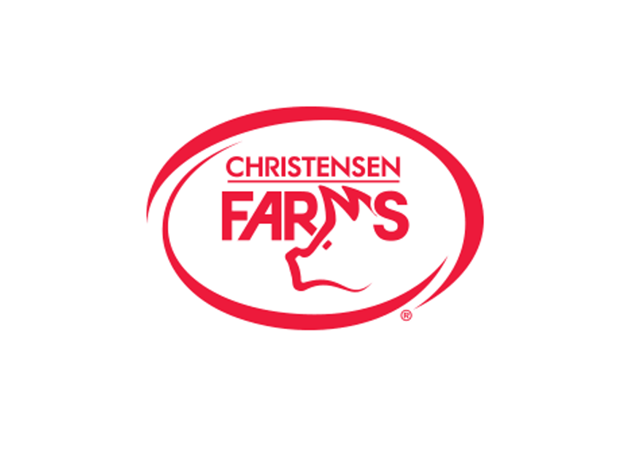Farm Progress America, April 25, 2024
Farming Business Management
Farm Progress America, April 25, 2024Farm Progress America, April 25, 2024
Mike Pearson takes a look at the #harvest24 in South America, primarily Argentina and what it has brought producers there.
Subscribe to Our Newsletters
National Hog Farmer is the source for hog production, management and market news



















.jpg?width=300&auto=webp&quality=80&disable=upscale)



















